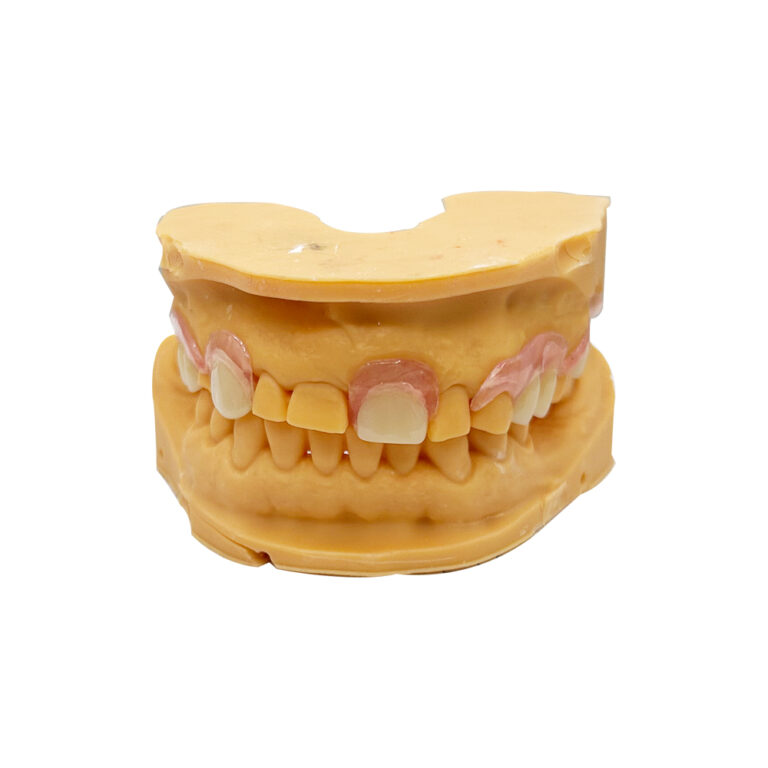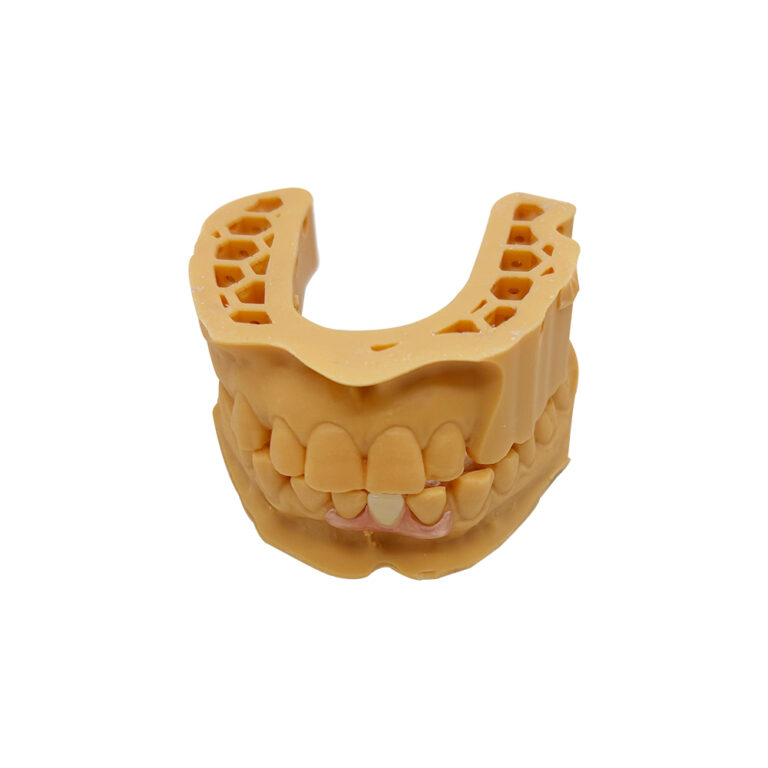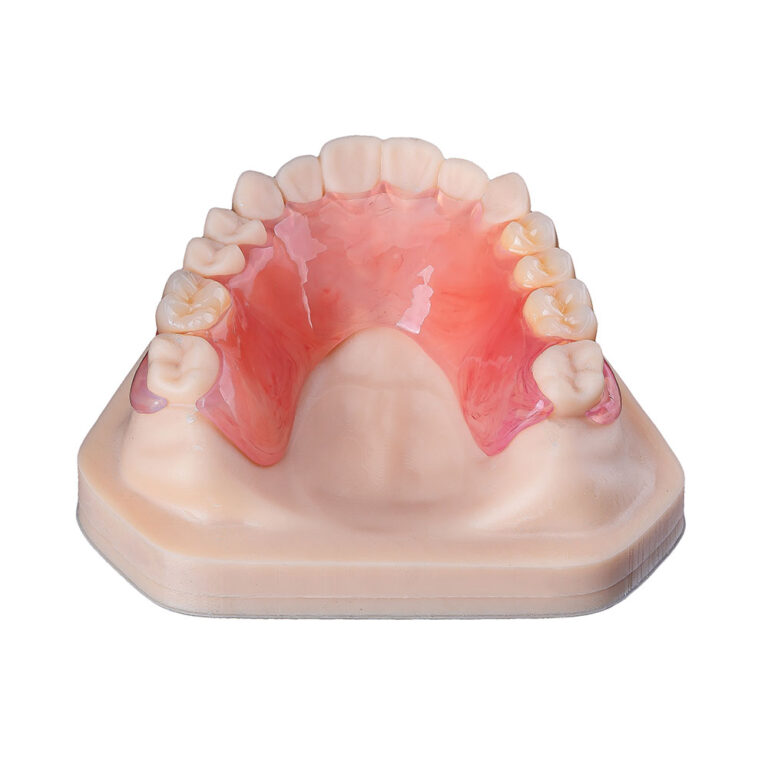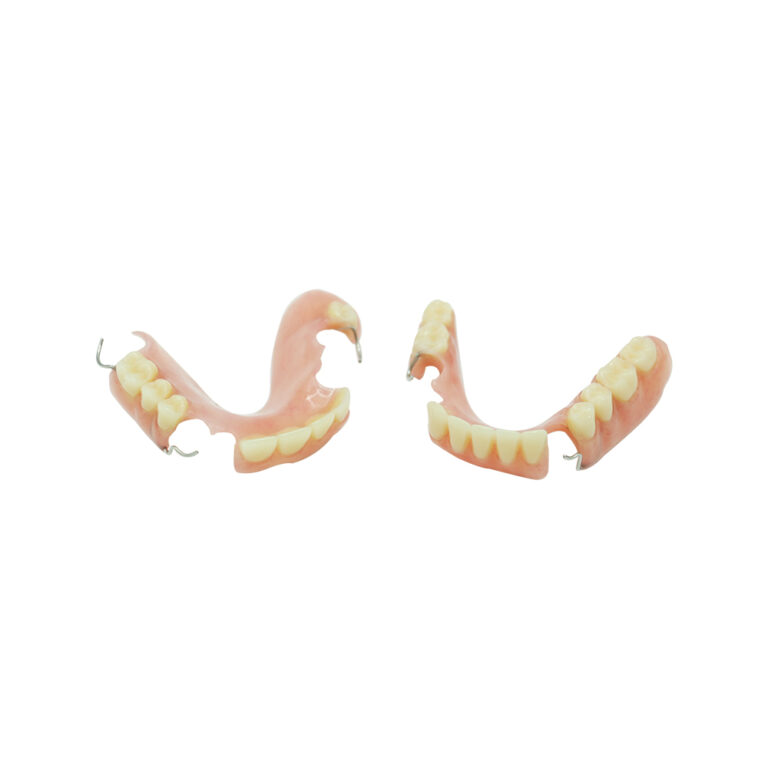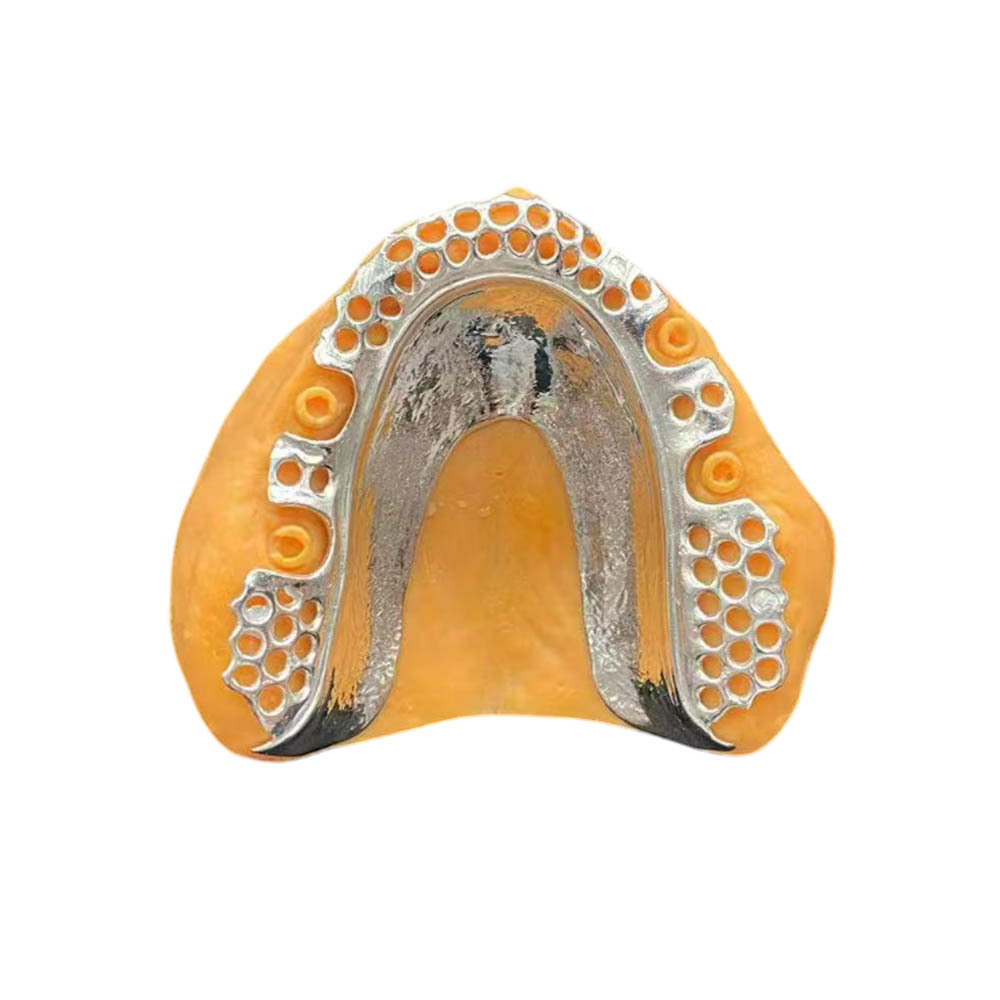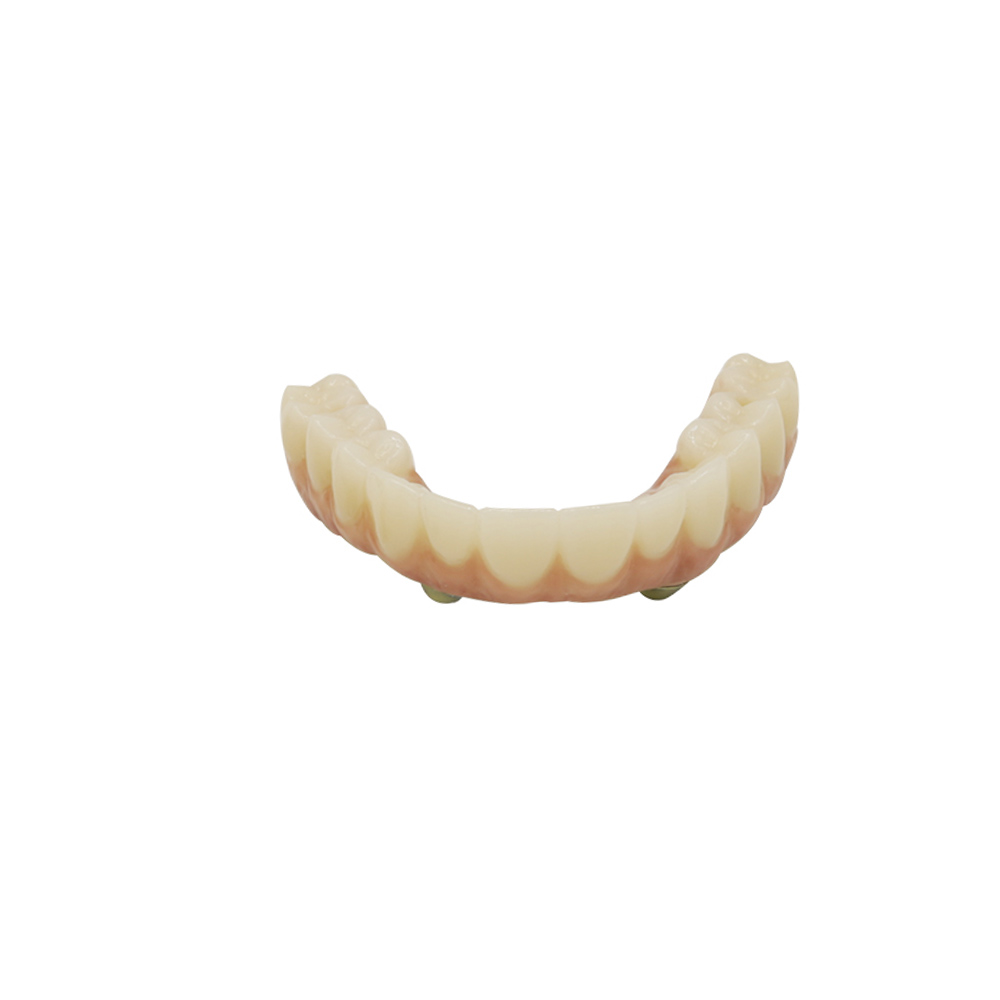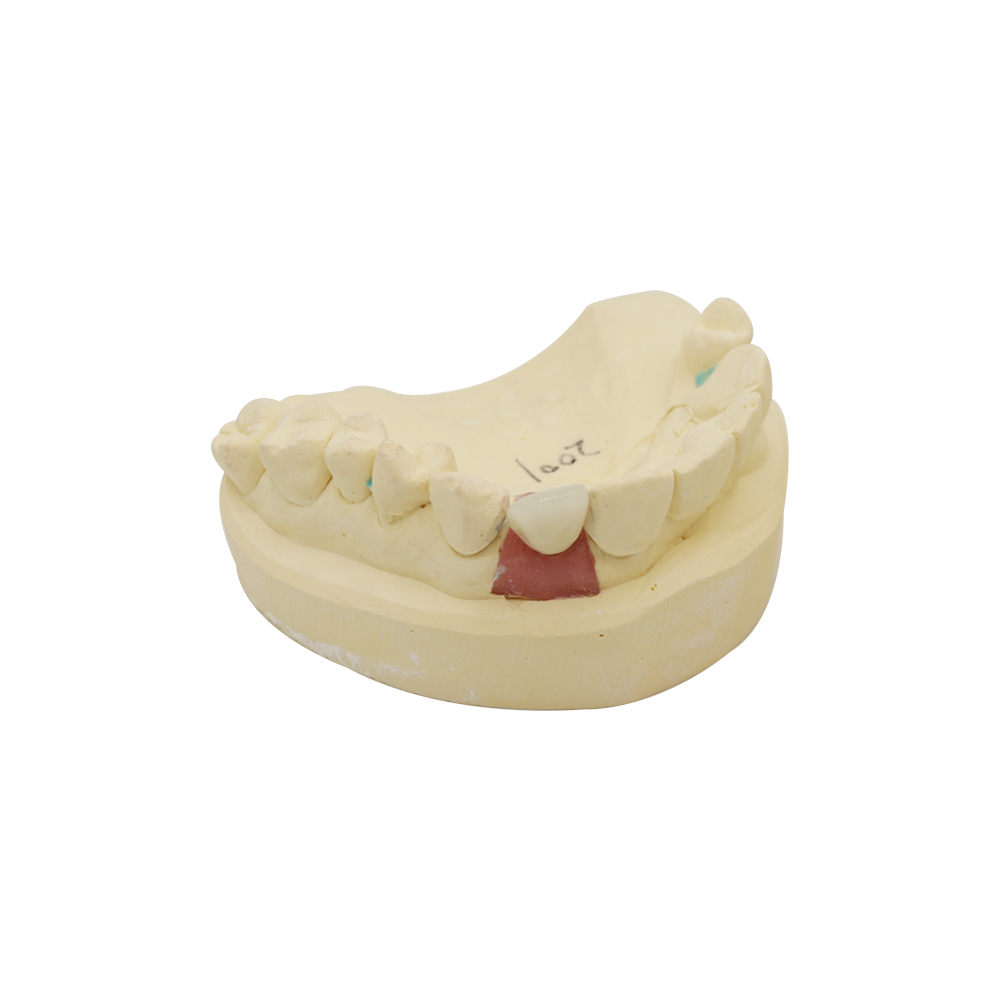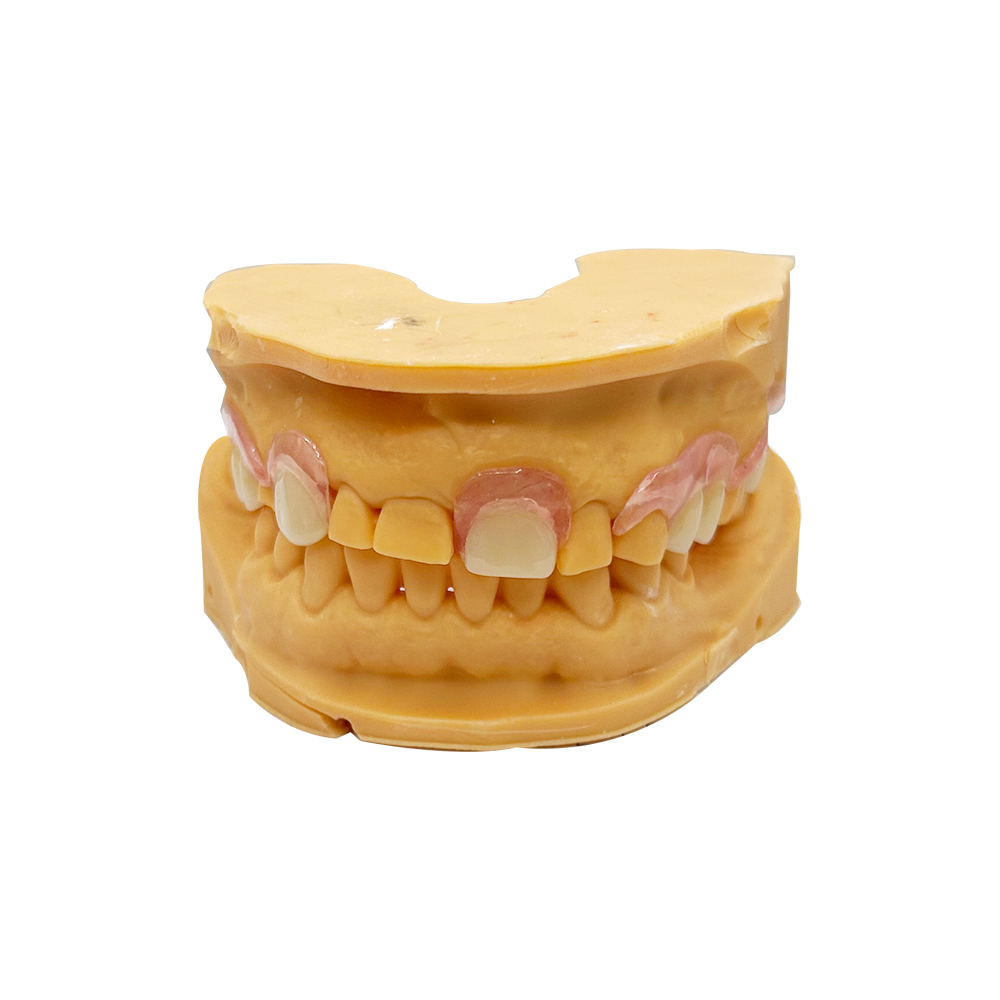
Upper/Lower Valplast Partial, Maxillary/Mandibular Flexible Dentures
Team Up With Us for Excellent Upper & Lower Valplast Flexible Dentures
As Istar Dental Lab, a top worldwide maker of modern dental products, we are dedicated to providing new and better options that improve how you care for patients and how your office runs. We know you need options that are dependable, look good, and work well for missing teeth. That is why we are proud to offer the best in Valplast flexible dentures. These dentures are a top choice for restoring smiles. Let us show you why working with us for your upper valplast partial and lower valplast partial needs is a good choice for your office.
Why Our Valplast Service is a Smart Choice
Choosing our lab means you get more than just a product. You get a partner focused on high quality and happy patients.
- Top Quality: We use only genuine Valplast material for all our removable partial dentures.
- Skilled Work: Our team is very good at each step of the Valplast laboratory process.
- Modern Technology: At Istar Dental Lab, we use the latest technology. New updates (2022–2024) have smoothly combined CAD/CAM technologies into our Valplast workflow. Digital design software is used to make exact digital models, which are then 3D printed in wax or resin for the flasking process.
- Great Support: We are here to help you with every case, from a single tooth Valplast to a more difficult case.
We build our service on clear thinking and simple steps to give you the best result. A maxillary valplast partial from our lab is made with great care.
A Closer Look at Valplast Flexible Dentures
Let’s look at what makes Valplast special. These are not your old-fashioned dentures. They are a new option for when some teeth are missing.
The Amazing Material
The secret to Valplast flexibility is its material. Valplast is mostly made of a semicrystalline polyamide (nylon) resin.
- Strength and Durability: It shows a bending strength usually between 70 and 110 MPa, a strong feature that helps it last a long time during normal use.
- How It Handles Water: Valplast soaks up water at a rate between 0.5% and 1.2% by weight after being placed in water for 24 hours at 37°C, according to ISO 20795-1 standards.
- How It Works with the Body: Valplast polyamide is not harmful to cells and causes very little swelling or irritation. Very importantly, in tests that copy the mouth’s environment, no meaningful amount of harmful chemicals has been found to leak out.
- Keeping Its Color and Look: Good looks are very important in modern dental work. Tests that speed up aging and studies in real-life situations show that Valplast usually keeps its color and clearness better than PMMA for 1 to 3 years.
- How It Resists Chemicals: Valplast polyamide is good at resisting most common mouth cleaners, acids, and bases.
This makes both the upper valplast partial and the lower valplast partial very safe choices.
Design and Appearance
The design of valplast flexible dentures is all about looking good and feeling comfortable.
- Invisible Look: The flexible denture base is see-through. This means light passes through it, letting the real color of the gums show. This makes the dentures look very natural.
- No Metal: It uses thin, gum-colored clasps instead of metal clasps. These “invisible clasps” hold onto the remaining teeth without anyone seeing them. This is a big part of its great dental aesthetics. This is much better than old metal dentures made from Wironium or Titanium.
These are truly good-looking dentures that help with a patient’s confidence.
Comparing Valplast with Other Denture Materials
Picking the best material for a denture is a very important choice for dental professionals, weighing its strength, looks, patient comfort, and cost. At Istar Dental Lab, we offer a full set of options, and knowing the pros and cons of Valplast against other materials is key.
| Feature | Valplast (Nylon-based Polyamide) | Traditional Acrylic (Polymethyl Methacrylate – PMMA) | PEEK-like Materials (Polyetheretherketone and PAEK derivatives) |
| Flexibility | Valplast is much more flexible than traditional acrylics, allowing for thin, comfortable designs and gripping onto teeth in tight spots without a lot of tooth drilling. | PMMA is a stiff material, giving great stability and support, especially for full dentures and large partials. | PEEK-like materials offer a special mix, being less flexible than Valplast but tougher and less likely to snap than acrylic. |
| Strength & Resistance to Breaking | It is very resistant to breaking from impact and doesn’t snap easily because it’s flexible. However, under too much or long-lasting pressure, it can bend out of shape, and thin connectors can tear. | While strong, PMMA is more brittle than Valplast and can break, especially in thin areas or if dropped. | These top-quality plastics have excellent bending strength (80–120 MPa) and resistance to cracking, making them perfect for situations with a lot of force and for patients with habits like grinding teeth. |
| Fixing & Relining | This is a key drawback. Valplast is very hard to reline or fix with normal dental resins because it doesn’t stick well with chemicals. Special repair kits exist but can only be used for small fixes, often needing to be re-injected at the lab. | A big plus for acrylic is that it’s easy to fix and reline. This can often be done in your office or quickly in the lab, allowing it to be adjusted to changes in the gums over time. | Like Valplast, PEEK-like materials are hard to fix and reline, often needing special ways of preparing the surface and special glues. |
| Looks & How Light Passes Through | Valplast is excellent for looks. Its clearness and ability to be colored to mix in perfectly with natural gums offer great-looking results, especially for partial dentures in areas that can be seen. | Acrylic offers good looks and a wide range of shades, but it’s not see-through, which can make it look less real than Valplast in some cases. | PEEK-like materials are usually a solid grayish or off-white color, which can be a drawback for looks unless they are covered with a tooth-colored layer. |
| Patient Comfort & How It Works with the Body | Its thinness and flexibility help patients feel very comfortable and get used to them quickly, especially for new denture wearers or those with sensitive gums. It is monomer-free and hypoallergenic, making it a good choice for patients with acrylic allergies. | While it usually causes no problems, some patients may have allergic reactions to leftover chemicals. Its stiffness can lead to sore spots if it doesn’t fit perfectly. | They are very safe for the body, hypoallergenic, and plaque doesn’t stick to them easily, making them excellent for patients with allergies or those looking for modern options without metal. |
| When to Use It | Best for small to medium-sized partial dentures, especially when looks are most important, or in cases with deep grooves. | The best and most common choice for full dentures and large partial dentures where being stiff and easy to adjust are very important. Also used for immediate dentures because it’s easy to change. | Used more and more for the frames of removable partial dentures, implant abutments, and even full-arch dentures, especially in cases without metal. |
| Cost | Usually more expensive than acrylic because of material costs and special work in the lab, though it may save time on adjustments in your office. | The cheapest choice for large cases, though costs can add up over time from fixes and relines. | The most expensive choice because of both material costs and the need for CAD/CAM milling to make them. However, being strong might save money over time by needing fewer fixes or replacements. |
The Process: From Your Clinic to Our Lab
Making Valplast flexible dentures is a very specific process that needs careful work, special tools, and close checking. At Istar Dental Lab, we follow very strict rules to make sure every Valplast product is top-quality in fit, function, and looks.
- Valplast-Specific Injection Molding Systems: Unlike normal acrylic dentures, Valplast dentures are made using special injection systems. These systems include special flasks, heaters that can reach exact temperatures (usually 287–288°C), and injection guns. They are made to work with the special way this thermoplastic nylon resin flows and hardens. This special equipment is very important for getting the best results from the material.
- Making the Wax Model and Channels: The first step of making the wax model is very important. Our technicians carefully design the wax model, keeping in mind how flexible the material is and that it’s not stiff like traditional acrylic. The channels for the material are made with thicker wax sticks, usually 4–5 mm wide, to handle the thickness of the melted Valplast. Putting the channels in the right place is extremely important to make sure the material flows evenly and to lower the chance of trapping air, which causes tiny holes.
- Injection Settings—Temperature, Pressure, and Time: Close control over the injection settings is a must. A standard injection means heating the resin to 287–288°C, using an injection pressure of 6–7 bar (87–102 psi), and keeping that pressure for 2–3 minutes after injecting. These exact settings make sure the mold is filled completely, reduce stress inside the material, and stop common problems. Not following these rules is a main reason for tiny holes, a poor fit, and weaker material.
- Removing from the Flask and Cooling: After injecting, cooling it down slowly is very important. We let the flask cool down on its own, often at room temperature for 30–60 minutes, to stop it from bending out of shape or getting internal stress that could weaken the denture. Fast cooling, like dropping it in water, should never be done because it can cause tiny cracks or make it lose its shape.
- Finishing and Polishing: Finishing Valplast needs to be done carefully. Our technicians use special carbide burs and fine sandpapers, being careful not to create too much heat, which can change the shape of the nylon. Polishing is done with pumice and special high-shine pastes made for nylon-based resins, because normal acrylic polishers don’t work and can damage the surface. This careful polishing is very important for getting a shiny surface that plaque doesn’t stick to easily and that doesn’t stain.
- Quality Checks—Fit, Grip, and Surface: Quality checks are part of every step of our making process. Each Valplast denture is checked very carefully by looking and feeling to find any tiny holes, spots that didn’t fill, or rough areas. We carefully check the fit on the master cast and test its grip with standard force-measuring tools to make sure it works perfectly for the patient. The surface is checked under a magnifier (10–20x) to find any tiny flaws that could affect its look or how clean it stays.
We focus on the details in our work.
When to Use Valplast Flexible Dentures
Here are some common reasons to use Valplast in a dental office.
- For One or More Missing Teeth: It is a great way to replace teeth without surgery for patients who are missing some teeth but not all of them. It is best for small to medium-sized partial dentures, especially when looks are most important, or in cases with deep grooves.
- Temporary Solution: It can be used as a temporary denture while a patient waits for dental implants or a dental bridge.
- After Tooth Loss: It can be used to fill in empty gaps right after a tooth is removed. It is also good for fixing just one side.
- For Sensitive Patients: It’s a top choice for patients with sensitive gums.
However, there are also reasons not to use Valplast. It may not be the best choice if a patient has very few teeth left or needs more stiff support. Our team can help you decide. Choosing the right valplast flexible dentures is important.
Patient Care and What to Tell Them
Helping your patients with keeping dentures clean is very important. Here are some tips on how to care for and clean Valplast.
- Daily Cleaning: Patients should know how to clean Valplast dentures. They should be cleaned every day to stop bacteria from growing.
- Special Cleaner: Suggest a Valplast cleaner like Val-Clean. A sonic denture cleaner also works well. Strong cleaners can harm the Valplast.
- Eating and Speaking: Tell patients there is a short adjustment period for Valplast dentures. Soon, eating with Valplast dentures and speaking with Valplast dentures will feel normal and help them chew better.
- Repairs and Adjustments: This is a key drawback. Valplast is very hard to reline or fix with normal dental resins because it doesn’t stick well with chemicals. Special repair kits exist but can only be used for small fixes, often needing to be re-injected at the lab. We offer a Valplast warranty on the material.
Let us help you create great smiles with every maxillary valplast partial and lower valplast partial you order.

